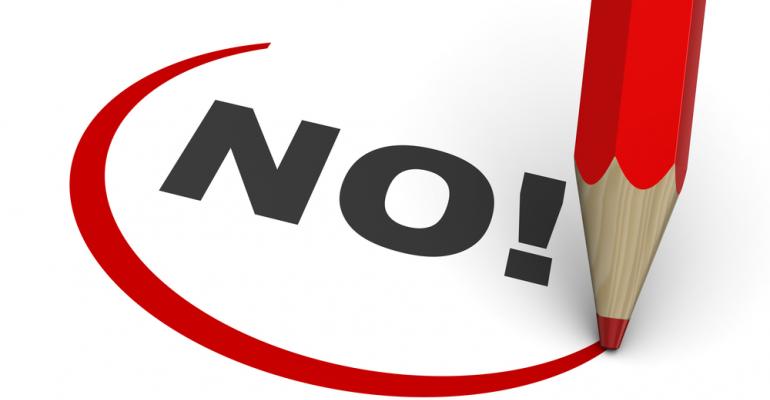After a long and sometimes contentious debate over the propriety of including commercial supporters’ logos in educational materials, the Accreditation Council for Continuing Medical Education has made a ruling: Logos are out.
The reason for the ban, says ACCME President and CEO Murray Kopelow, MD, is that “the value of continuing the separation of accredited CME from promotion outweighed” the concerns expressed by those who favored retaining the right to use commercial supporters’ logos.
What Has Changed
Here are the changes to the Standards for Commercial Support 4.3, SCS 6.4, and the Commercial Support Acknowledgment Policy, that ACCME-accredited providers now need to adhere to. Additions are shown in bold; deletions are in strikethrough.
Standard 4: Appropriate Management of Associated Commercial PromotionStandard 4.3: Educational materials that are part of a CME activity, such as slides, abstracts and handouts, cannot contain any advertising, corporate logo, trade name or a product-group message of an ACCME-defined commercial interest.
Standard 6: Disclosures Relevant to Potential Commercial Bias
Standard 6.4: Disclosure of commercial support must never include the use of a trade name or a product-group message of an ACCME-defined commercial interest.
Commercial Support Acknowledgments Policy
The provider’s acknowledgment of commercial support as required by SCS 6.3 and 6.4 may state the name, mission, and areas of clinical involvement of the company or institution and an ACCME-defined commercial interest but may not include corporate logos and slogans. , if they are not product promotional in nature.”
Kopelow further outlined the modifications—and the rationale for them—in this video.
He emphasizes that “this change only applies to mixing educational materials and logos and only applies to mixing disclosure of commercial support and logos; it applies to nothing else. It’s not relevant to when a speaker mentions a brand name in your educational materials or if you’re using a device to teach accredited continuing medical education and that device has a logo or brand on it.” Kopelow also says that it does not apply to currently printed materials, but providers do need to exclude logos from printed educational materials and on Internet CME activities by May 2015.
Some Say Move Is Counterproductive
Those who object to losing the logos believe that, instead of making the separation more pronounced, excluding them will actually make it more difficult for docs and other healthcare professionals to distinguish which companies are supporting the activity. The CME Coalition, a lobbying group for the CME community’s interests in Washington, D.C., drew up a voluntary code of conduct for the responsible use of logos in CME materials to help clarify how they can be safely included. Many expressed the opinion that HCPs understand the difference between a corporate logo and product pushing, and that the ban on logos is overkill.
Tom Sullivan, founder of biomedical education company Rockpointe Inc., provides a roundup of the pro-logo–inclusion argument on the Policy & Medicine blog. He concludes:
“If ACCME's priority is clearly communicating to learners that a particular event has received commercial support, then prohibiting the use of corporate logos is counterproductive. Learners look for the corporate logos to see if there is commercial support... We are also concerned that this ban may create confusion that spills over to sponsorship at annual meetings.”
The latter, he says, is because, with grant budgets on the decline, excluding logos means that commercial supporters no longer will receive public recognition of their commitment to CME. This gives companies one fewer reason to commit their shrinking grant budgets to CME activities.
What do you think of the changes to these standards? Please leave a comment below or e-mail Sue Pelletier.





